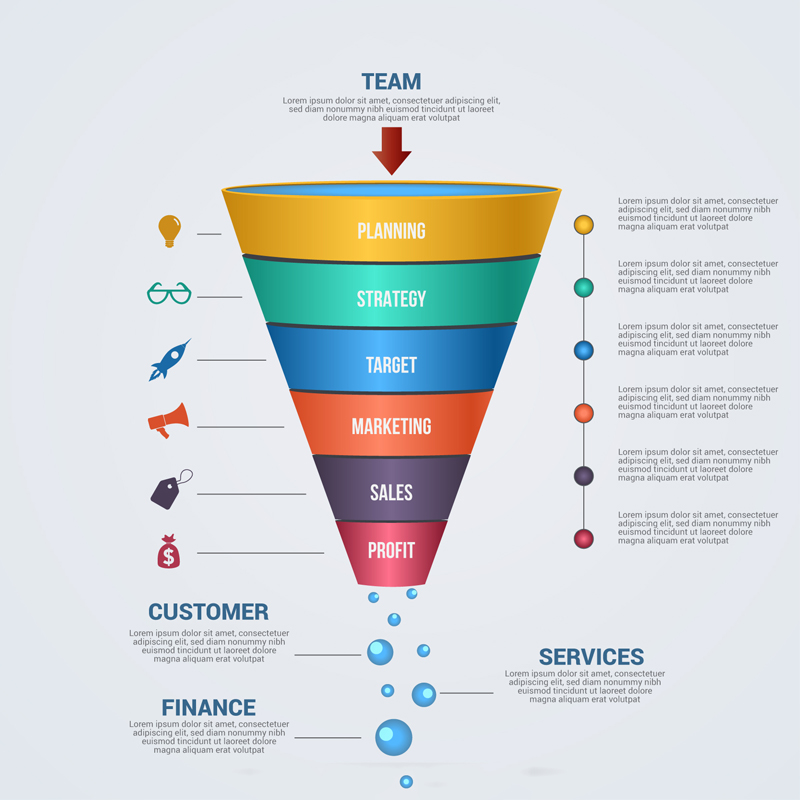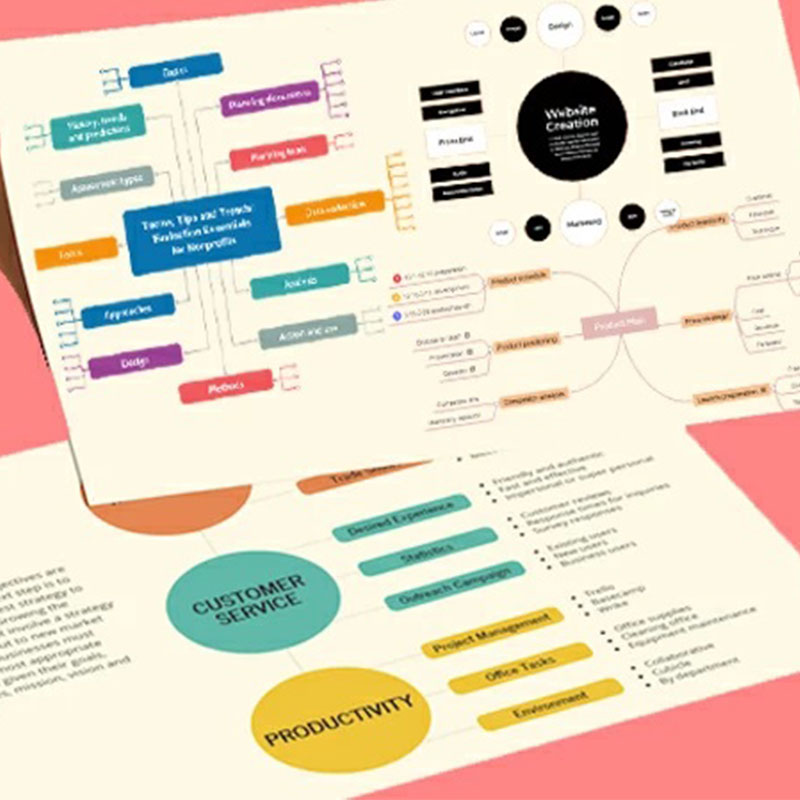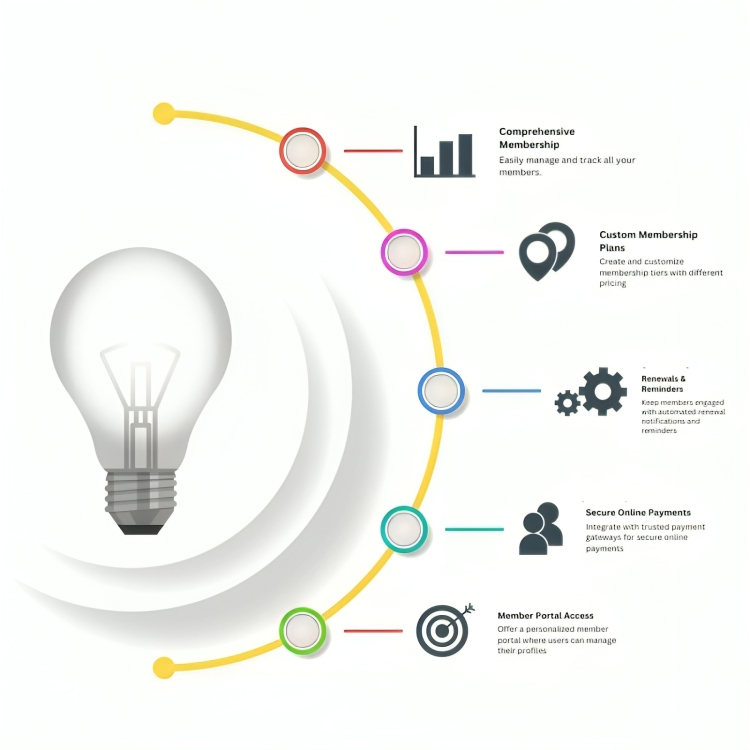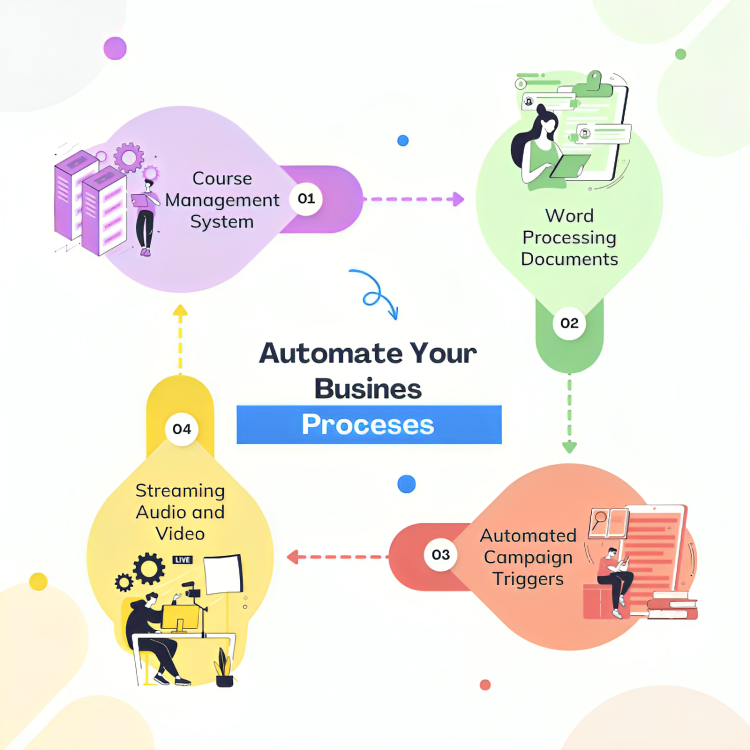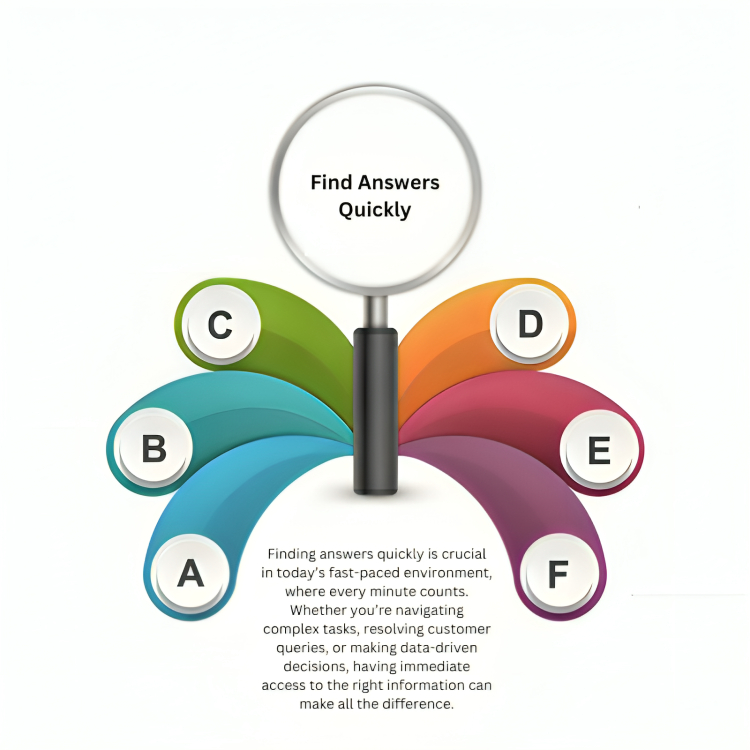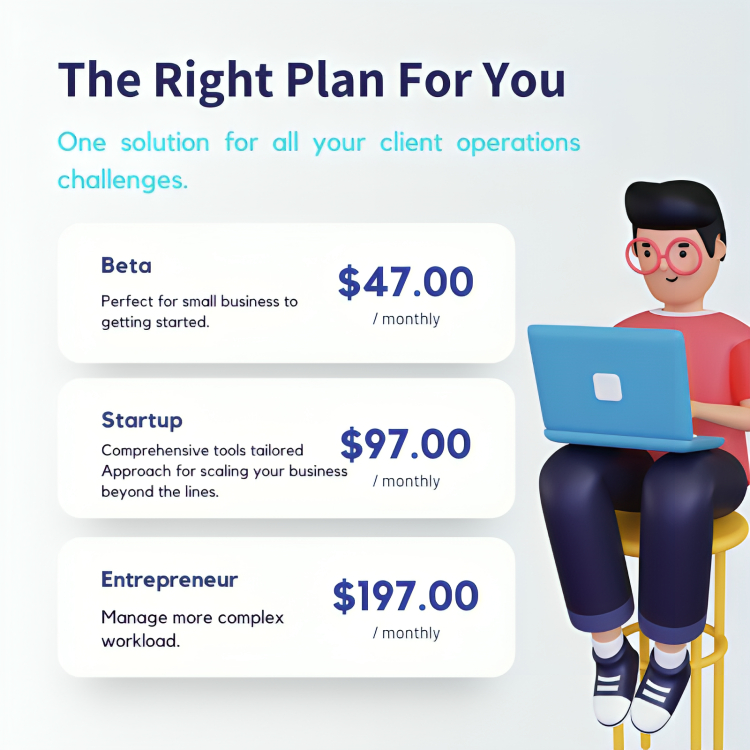Customer feedback is one of the most powerful tools for any business, especially for startups. In the early stages of a company’s growth, understanding how your product or service resonates with your target audience can be the difference between success and failure. For startups, with limited resources and a need to pivot quickly, having an effective customer feedback strategy is critical.
In this blog, we will explore why customer feedback matters, how startups can gather and use feedback effectively, and some practical steps to build a sustainable feedback loop.
Why Customer Feedback is Crucial for Startups
Validates Your Product or Service
One of the key reasons startups should focus on customer feedback is that it helps validate their product or service. The excitement of launching something new can sometimes cloud judgment. Founders may believe their product solves a problem or fills a gap in the market, but without real customer input, it’s hard to be certain.
By seeking honest feedback from early adopters, startups can understand whether their offering truly addresses customer pain points or if there’s room for improvement. This validation helps ensure that the product aligns with market needs, reducing the risk of failure.
Informs Product Development
Startups are constantly refining their products. Iteration is part of the growth process, and customer feedback is the compass that guides product development in the right direction. Customers are the end users, and their experience reveals crucial insights that can help improve functionality, usability, and overall satisfaction.
Listening to your customers helps identify what features they love, what frustrates them, and what they wish the product could do. This not only shapes the product roadmap but also improves customer retention by showing that their input is valued.
Builds Stronger Relationships
In the early days of a startup, customer loyalty is incredibly important. Every customer interaction is a chance to create a positive experience that can lead to repeat business, referrals, and positive word-of-mouth marketing. Engaging with customers by asking for feedback shows that you care about their experience and are dedicated to making improvements.
When customers feel heard, they are more likely to stick around and support your business. Additionally, this type of engagement helps you build a community of brand advocates, which can be invaluable as your startup grows.
Helps Differentiate From Competitors
In a crowded marketplace, startups need to find ways to stand out from the competition. Customer feedback provides insight into how your product compares to competitors in the eyes of users. Maybe your product is more user-friendly, or maybe it lacks certain features that competitors offer. Either way, customer feedback helps you better understand your unique value proposition.
Leveraging this information can help startups refine their messaging, improve their offering, and ultimately create a product that is not only different but superior to what’s currently available in the market.
How to Effectively Gather Customer Feedback
While the importance of feedback is clear, the challenge for startups is figuring out the best way to gather it. Here are some effective strategies that can help you get actionable insights from your customers:
1. Use Surveys and Polls
Surveys are one of the simplest and most effective ways to gather customer feedback. Tools like Google Forms, Typeform, and SurveyMonkey make it easy to create and distribute surveys to your customers. A well-constructed survey can provide detailed insights into customer satisfaction, preferences, and pain points.
Keep your surveys short and focused on specific areas you want to improve. You can send surveys after key interactions, like after a purchase or customer service interaction, or periodically to get a general sense of customer satisfaction.
2. Leverage Social Media
Social media platforms offer a goldmine of customer insights. Customers often share their experiences, both positive and negative, on social media. Monitoring these platforms allows startups to engage with customers in real-time, responding to concerns and thanking those who leave positive comments.
You can also use social media to run informal polls or ask open-ended questions to spark discussion and get feedback. Platforms like Instagram, Twitter, and LinkedIn can be powerful tools for engaging your audience and gathering valuable input.
3. One-on-One Customer Interviews
For deeper insights, conducting one-on-one interviews with customers can provide more detailed and nuanced feedback. These interviews give you the opportunity to ask follow-up questions and explore specific areas in greater depth. Unlike surveys, interviews allow for more natural and detailed conversations, where you can dive into the motivations behind customer behaviors.
While this method is more time-consuming, the insights you gain from personal conversations can be incredibly valuable. For best results, consider interviewing both satisfied customers and those who may have churned or expressed dissatisfaction to get a well-rounded perspective.
4. Offer Incentives for Feedback
Customers are busy, and many won’t take the time to provide feedback unless there’s a good reason to do so. Offering incentives such as discounts, freebies, or entry into a giveaway can encourage more customers to participate. This approach works particularly well for survey responses or customer interviews.
The incentive doesn’t have to be extravagant. Even a small token of appreciation can motivate customers to provide valuable insights, which in turn can help you improve your product or service.
5. Create a Feedback Loop
Gathering feedback is only the first step. To truly benefit from customer insights, startups need to establish a continuous feedback loop. This means not only collecting feedback but also analyzing it, taking action, and communicating those actions back to your customers.
Regularly share updates with your customers about how their feedback has influenced your decisions. This could be as simple as sending an email update or posting on social media about new features or improvements based on customer input. When customers see that their feedback leads to tangible changes, they feel valued and are more likely to continue engaging with your brand.
How to Use Customer Feedback Effectively
Once you’ve gathered feedback, it’s important to know how to use it effectively. Here’s how to turn feedback into meaningful action:
Prioritize Feedback Based on Impact
Not all feedback is created equal. Some suggestions may be minor, while others could have a significant impact on your product and customer experience. Prioritize feedback that aligns with your business goals and that has the potential to improve customer satisfaction or solve key pain points.
For example, if several customers mention a specific feature that’s missing or difficult to use, addressing that issue should take precedence over smaller requests.
Involve Your Team in the Process
Sharing customer feedback with your entire team can create a culture of customer-centric thinking. Everyone, from product development to marketing, should be aware of customer insights and how they can contribute to improving the overall experience. Involving the team also helps ensure that feedback is addressed more efficiently, with different departments contributing to the solution.
Track Progress and Measure Results
As you implement changes based on customer feedback, track the results to see whether the changes have a positive impact. Measure metrics such as customer satisfaction scores, retention rates, and engagement levels to determine the effectiveness of your actions. This data will help you fine-tune your feedback process and continuously improve your product.
Adapt Quickly and Stay Flexible
Startups are in a unique position to be agile and make changes quickly. Use this to your advantage by adapting based on feedback in a timely manner. Staying flexible allows you to make adjustments before issues become major problems, keeping customers happy and ensuring that your product stays competitive.
Conclusion
Building an effective customer feedback strategy is essential for any startup looking to grow and improve. Feedback offers invaluable insights into customer needs, product performance, and areas for improvement. By using the right tools and strategies to gather and act on customer feedback, startups can develop products that truly resonate with their audience, build stronger customer relationships, and gain a competitive edge in the market.
In the end, the most successful startups are those that listen to their customers and continuously refine their offering to meet evolving needs. By making customer feedback a central part of your growth strategy, you’ll position your business for long-term success.
With these strategies in place, startups can ensure that customer feedback drives the growth of both their product and their business, turning insights into action that leads to greater customer satisfaction and lasting success.


